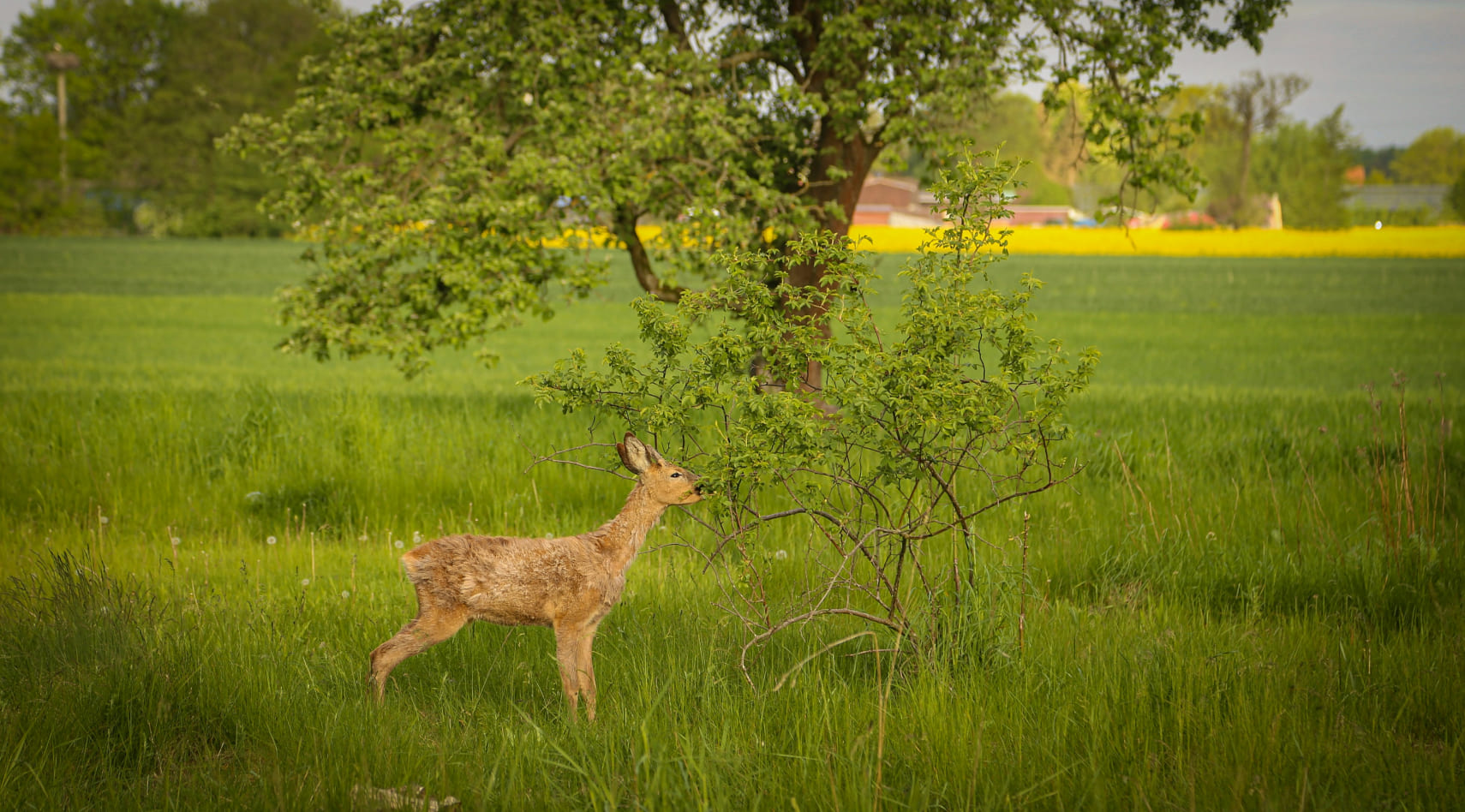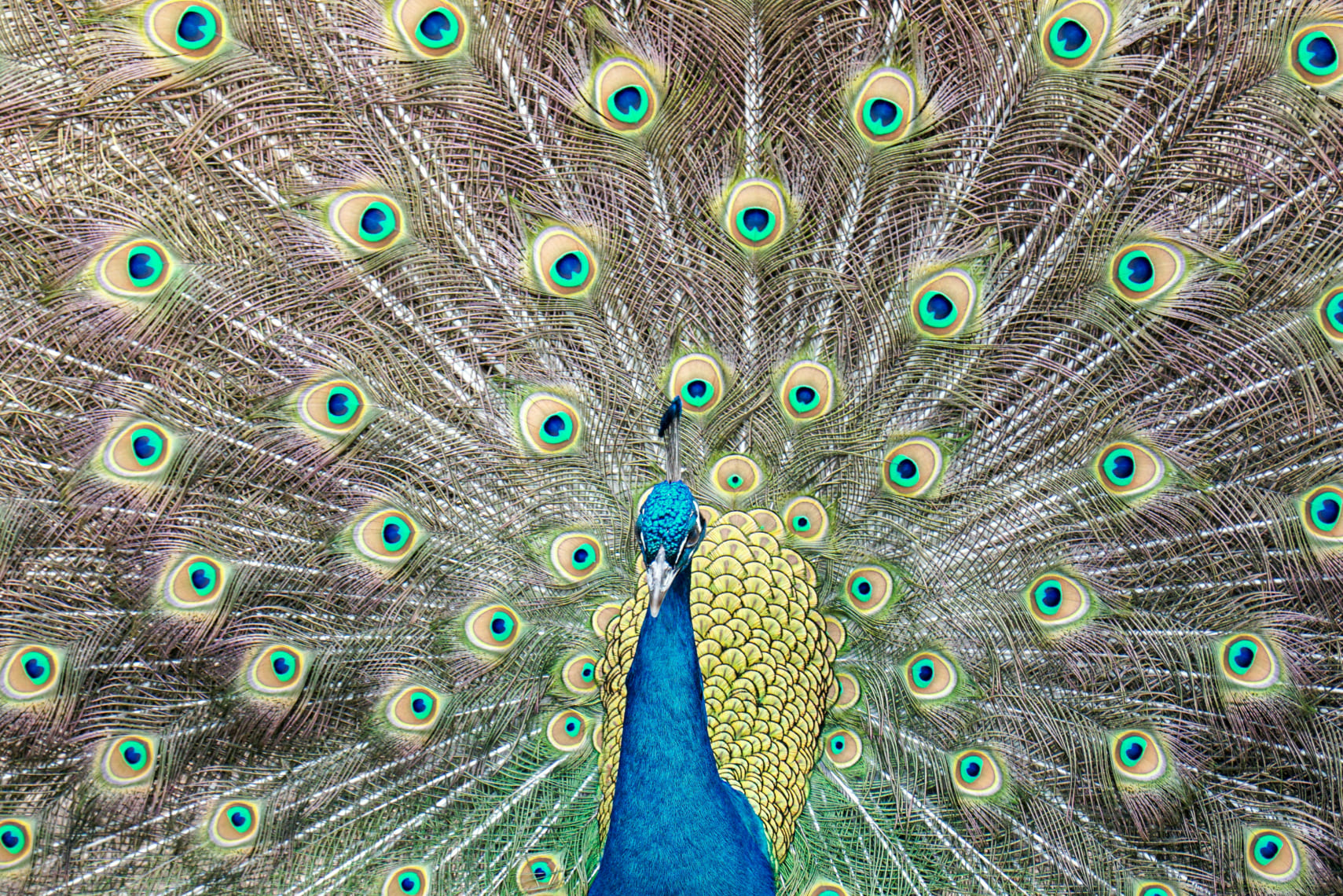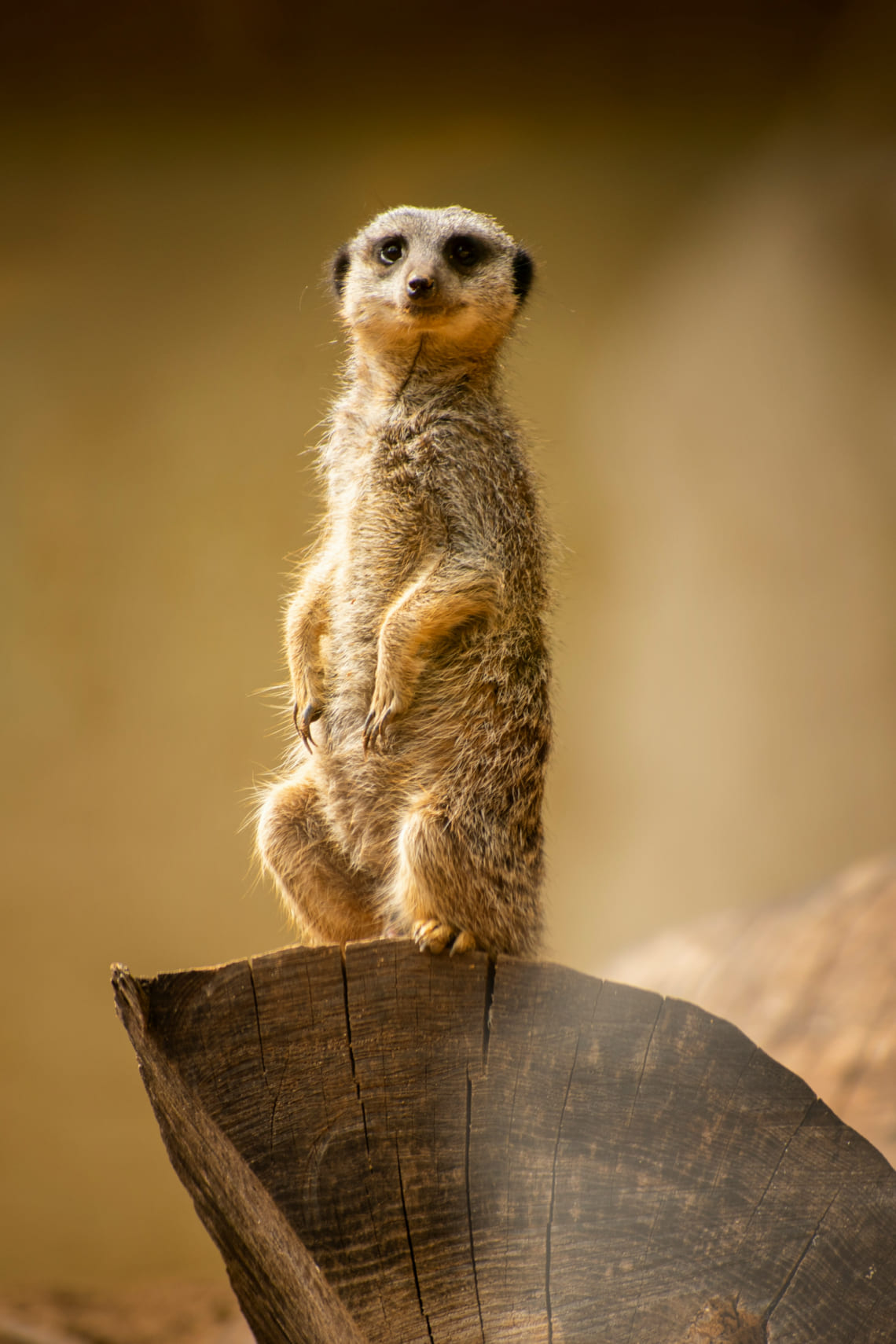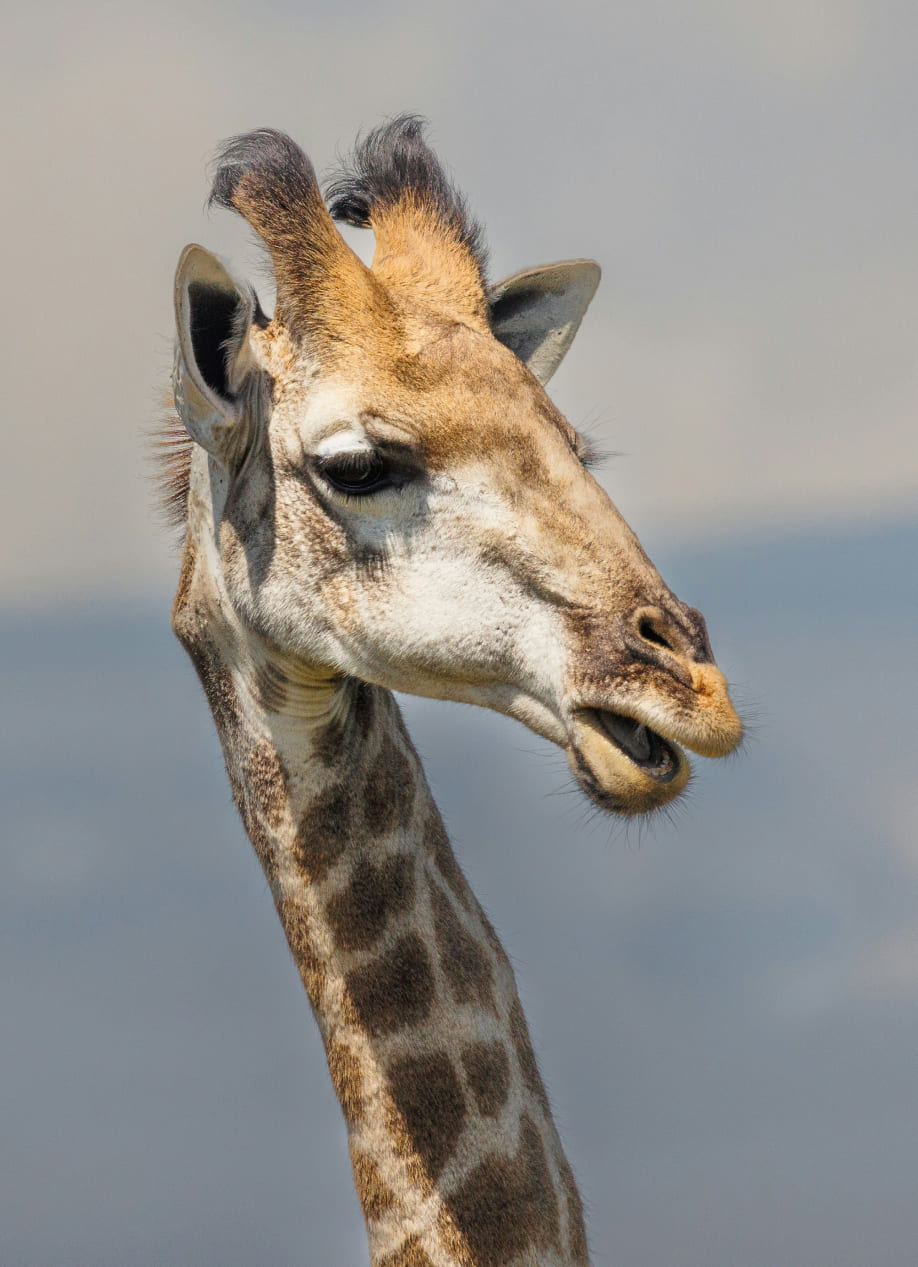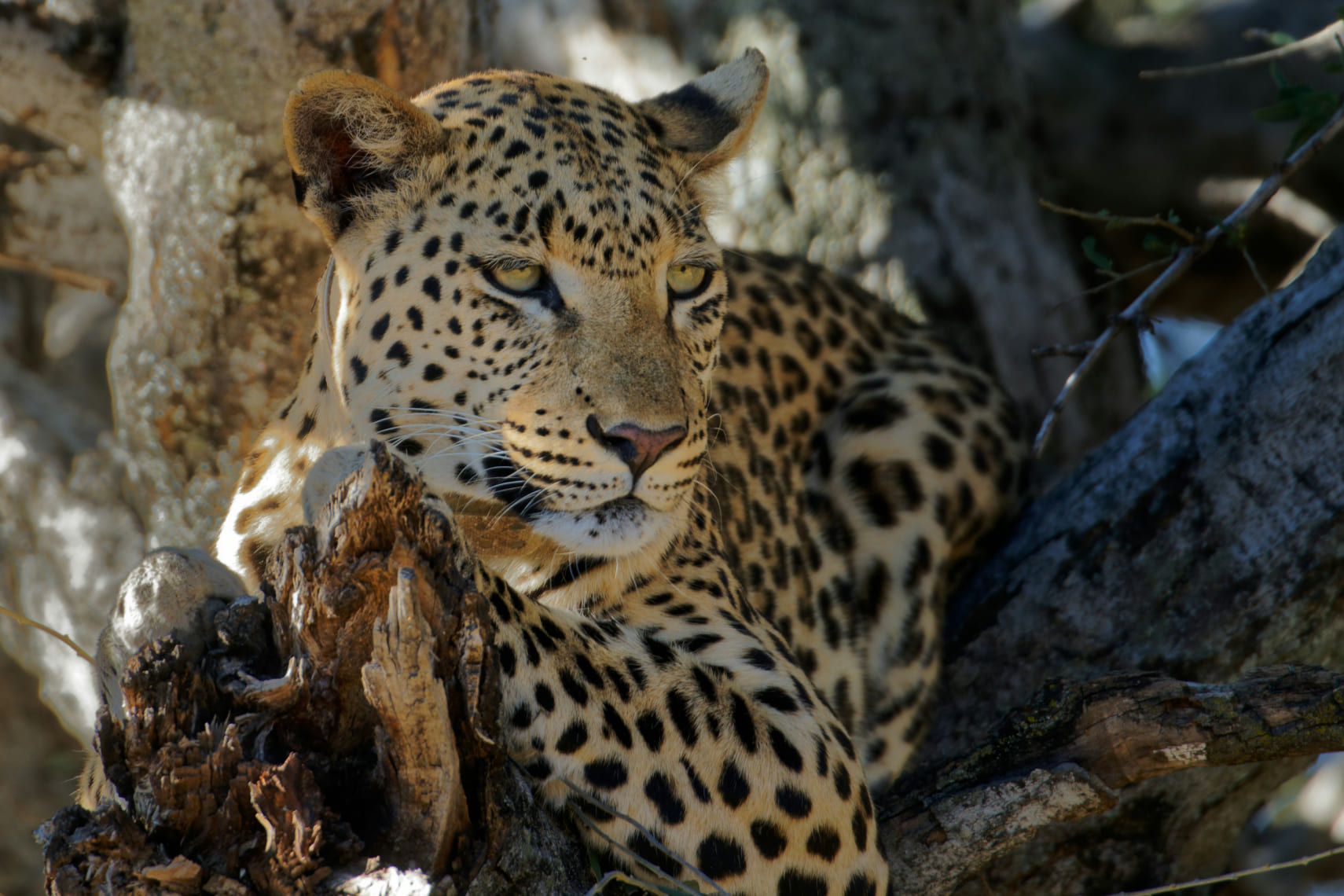European Roe Deer (Sarna Yevropeyska): A Graceful Visitor
Although not native to the African savanna, the European roe deer shares some behaviors with its distant savanna relatives. Known for their elegance and agility, these small deer thrive in open habitats, grazing on grasses and shrubs. They are highly alert and rely on their speed and keen senses to evade predators.
Read More
